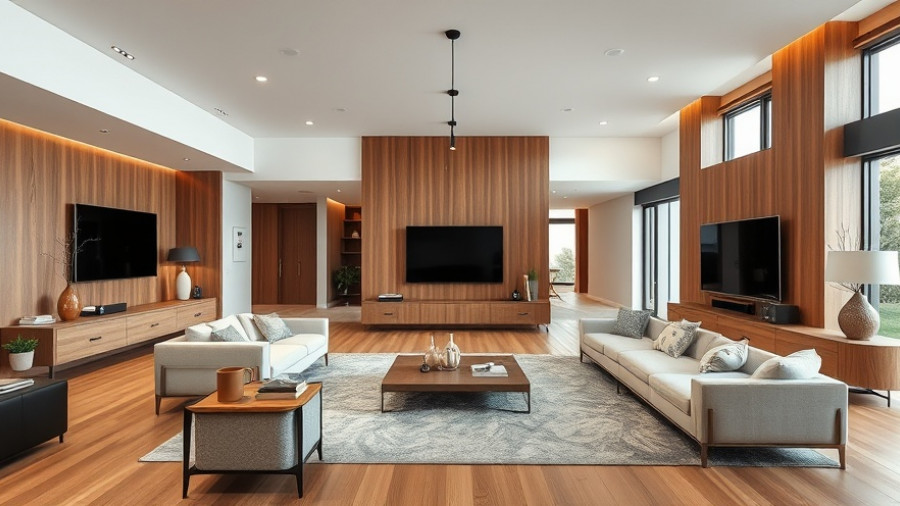
The Evolution of the Kitchen: From Work Triangle to Zones
For decades, the kitchen work triangle connecting the sink, stove, and refrigerator has been heralded as the backbone of kitchen design, ensuring efficient movement for single cooks in compact spaces. This traditional design standard has roots dating back to the 1940s and has served homeowners well in optimizing workspaces.
Challenges with the Traditional Triangle Design
As homes evolved into more dynamic spaces, the kitchen's role expanded beyond solitary cooking to become a bustling hub for families and gatherings. The limitations of the work triangle become apparent under contemporary conditions:
- Multiple Cooks: Households often involve several cooks, necessitating broader workflows.
- Open-Concept Layouts: In modern homes, islands and peninsulas can disrupt the flow dictated by the triangle.
- Additional Appliances: The arrival of extra tools like double ovens and second sinks highlights the need for a more versatile layout.
For instance, a recent kitchen remodel in Los Angeles incorporated a second sink purely for beverage prep. This situation illustrates the necessity for transforming the design approach from a rigid triangle to a more flexible zone-based method.
Modern Solution: Embracing Kitchen Work Zones
To meet these evolving needs, kitchen design has shifted towards the concept of functional zones. Instead of focusing solely on the triangle, designers now outline five essential zones that enhance kitchen utility:
- Prep Zone: Includes cutting boards and knives for meal preparation.
- Cooking Zone: Where the stove and oven reside, maximizing efficiency.
- Cleaning Zone: Encompasses the sink and dishwasher for quick cleanup.
- Storage Zone: Includes the refrigerator and pantry, carefully arranged for easy access.
- Serving Zone: Coordinates plates and glassware logistics, streamlining serving.
This zone-based approach offers numerous advantages, including improved traffic flow, adaptability to various layouts (L-shaped, galley, or open), and tools being placed nearest to their usage sites.
Key Considerations for Your Kitchen Layout
When considering whether to implement the traditional triangle or a zones strategy, it’s essential to prioritize:
- How the space will be used: Consider whether it will fit one cook or a bustling family.
- Layout logistics: Ensure it caters to your household’s needs, especially as these might evolve over time.
- Future-proofing: Outfitting the kitchen with flexible designs can accommodate changing lifestyles.
By balancing these considerations, homeowners can create a kitchen that reflects both functional and aesthetic needs—ultimately optimizing daily routines and enhancing the homeowner experience.
Creating Optimal Workspaces: The Bigger Picture
This shift in kitchen design philosophy aligns with broader trends in commercial design as well. Just as homes adapt to accommodate families, businesses must evolve their workspaces to maximize efficiency and productivity. For commercial settings, understanding the design aspects that influence workflow can lead to significant improvements in team dynamics and functionality. Just like a kitchen optimized through zones, modern office spaces benefit from smart, adaptable layouts.
Before choosing your kitchen layout, consider how these insights could impact your decisions and enhance functionality.
 Add Row
Add Row  Add
Add 




Write A Comment